After I finally retired, my wife and I moved from the hectic, congested, expensive, etc. Washington D.C. area to the Shenandoah Valley in Virginia. It’s so much calmer, quiet, friendly, and pretty. Almost immediately, while photo-walking through Staunton, VA I came upon the Camera Heritage Museum. As a life-long hobby photographer with an equally long (or possibly longer) interest in anything mechanical or electrical this was like Eden. Wall to wall and floor to ceiling cameras of all types and sizes. Right there for you to see.
Since then, I’ve been volunteering (I would say “working” but getting to play with so many cameras that I’d never even heard of is nothing like “work”) part time to help update the collection database, add new donated items, and organizing the displays. The worst part is having to exercise the functional cameras by actually loading film and shooting them, Oh the Pain!
One such camera that I’d never heard of let alone seen before is the Rectaflex 1000. The Rectaflex 1000 is a 35mm SLR built in Rome, Italy between the years of 1948 to 1958. It was designed by a Roman lawyer named Telemaco Corsi and was the very first 35mm SLR to feature a pentaprism viewfinder, narrowly beating out the Zeiss-Ikon Contax S as the first camera to have that feature. I should add, this claim is not mine, I found it on wikipedia here (accessed May 21, 2005). If others wish to discuss it further, there’s the place. Other innovative features of the camera are a focal plane shutter with a top 1/1300 shutter speed, an early version of a rapid return reflex mirror, a bayonet lens mount, and a fully flash synchronized shutter. The museum has two examples, an earlier version with a 1/1000 sec. maximum speed (sometimes called the Rectaflex 1000) and a later version with a 1/1300 sec. maximum shutter speed (called the Rectaflex 1300). The shutter in the 1300 is visibly damaged so I am testing the 1000 version. This camera also has a P. Angenieux Paris 50mm f:2.9 lens instead of the standard Schneider lens.
On picking up the Rectaflex 1000 the immediate impression is of quality. Solid metal, smooth, rounded edges, parts that fit with no unnecessary play, gaps that are small and even, the engravings are legible and attractive. A very well-made camera.
Loading film is when my opinion started to suffer. The take-up spool is not fixed or captive. So, of course it was missing in this camera. I used a leftover spool from a roll I had previously developed. The problem was that the opening in the spool is in the center of the width of the film rather than on the edge where the precut leader is on the fresh roll. I had to cut the end of the leader down to fit into the available slit in the spool. After winding a bit on the take-up spool and refitting the back, the film advanced with no extra noises and the rewind knob turned in the right direction. The wind knob turns counterclockwise to advance the film. This struck me as backward until I thought of the direction it would turn if there was a film advance lever as on a slightly more modern SLR. However, if you started your photographic journey with a ‘Barnak’ Leica which turns clockwise to wind the film, it feels backward.
The Rectaflex 1000 top plate is very clean. Starting on the right, the film advance knob with a frame counter ring around it, the shutter release button, a dial to set the shutter speed, the top of the prism housing, and on the left end as you hold the camera, the rewind knob. The shutter speed dial has engravings for B, 25, 50, 100, 200, 500, and 1000. Slower speeds are marked on an outer ring below the main shutter with speeds 0, 2, 5, and 10 and are selected with a very small, knurled knob barely protruding from the back edge of the top plate. The slow speed dial moves surprisingly easily and smoothly with the right amount of resistance. I assumed it is supposed to be set on 0 to use the faster speeds, an assumption that seems to be correct.
The user experience continues to suffer when you look through the viewfinder. Being an SLR you expect a clear and somewhat bright image through the lens. Unfortunately, this is not the case. The view is quite dim with significant vignetting. The lens does not have an automatic aperture, so you have to compose and focus with the lens wide open and then adjust to the metered aperture prior to exposure. This means the final composition is done without being able to see very well what you’re aiming at.
Then there’s the ‘rapid return’ mirror. Note I did not call it an ‘instant return’ mirror. The mirror is raised prior to exposure by the travel of the shutter release button. So, as you press the shutter button down maybe ¼ of its travel the mirror starts to be raised, eliminating the ability to see through the viewfinder. The shutter is actually released at the bottom of the button travel. So, your final vision of the composition is not just dim but completely removed by the mirror at the moment of shutter release. I turned to shooting mostly on a tripod with a cable release to be sure the composition doesn’t change by exposure time. Think large format shooting with a 35mm camera.
Since the Rectaflex 1000 shutter seemed to be operating correctly at the faster speeds, I loaded a roll of Kentmere 100 to see what the images looked like. Unfortunately, a mishap while in the developer ruined most of the roll, with only 6 out of 36 negatives looking reasonably salvageable. At first, I thought all the damage to the few recognizable negatives was due to the developing failure, so I loaded another roll. Before finishing the roll, I looked closely at the negatives from the first roll. Hard black spots in the same place on most of the negatives indicated holes in the shutter curtain. There didn’t seem to be a good reason to shoot more negatives with hole spots on them, so I didn’t finish shooting the second roll.
After the second roll was out of the camera, I looked at the shutter curtains with the lens dismounted and a strong light. The first curtain had a row of holes extending from the upper edge about 4mm long plus maybe a dozen scattered small holes in the lower part of the curtain. The second curtain looked like looking through a hand knitted sweater; holes everywhere. Aside from the curtain hole spots, light leaks from the second curtain at times not fully closing, and what looks like light leaks from the top of the mirror box, the negatives look surprisingly ok. The basic exposures look about right so the shutter speeds seem within limits for a 70-year-old camera.
Both rolls were developed in D-23 1+1, using an AGO processor, digitized using a Nikon D810 with a Micro-Nikkor 55mm f3.5 lens. Out of the two 36-exposure rolls of Kentmere 100, I had 28 negatives that were “salvageable” (i.e., you could make out what the intended subject was and most, if not all, of the frame had image in it). The first two images below are examples of the best of the bad negatives with no corrections applied other than converting to positives using Negative Lab Pro. The second two images are from the best of the negatives, digitized as above, with post-processing in Lightroom to remove most of the curtain holes, adjust contrast, and cropping to remove bad edges. In other words, try to show what the camera could potentially produce.
“Bad” images
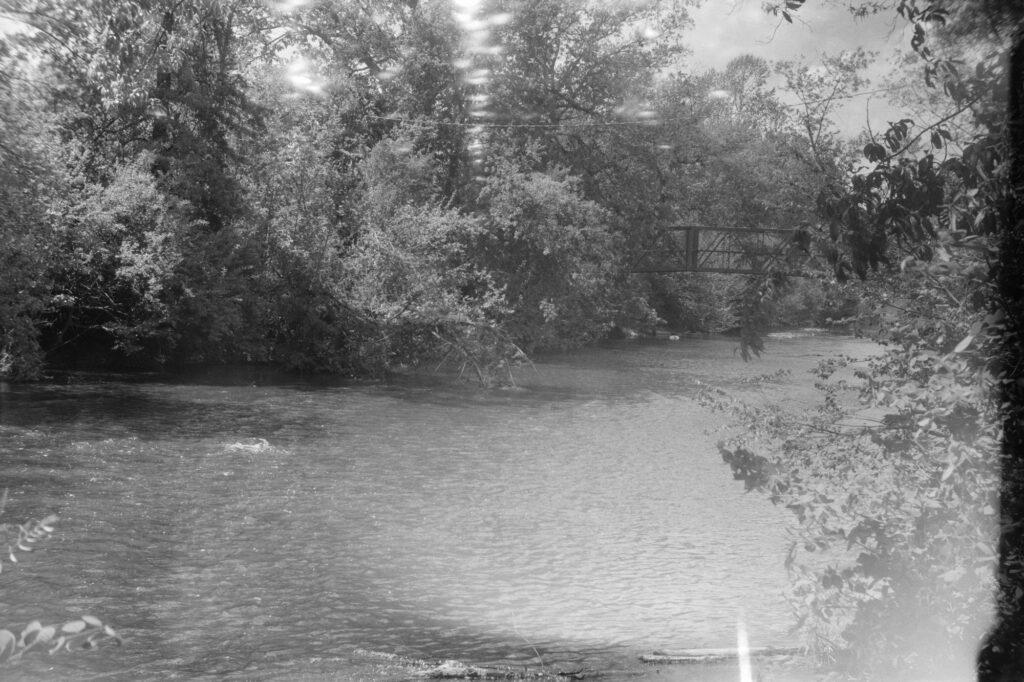
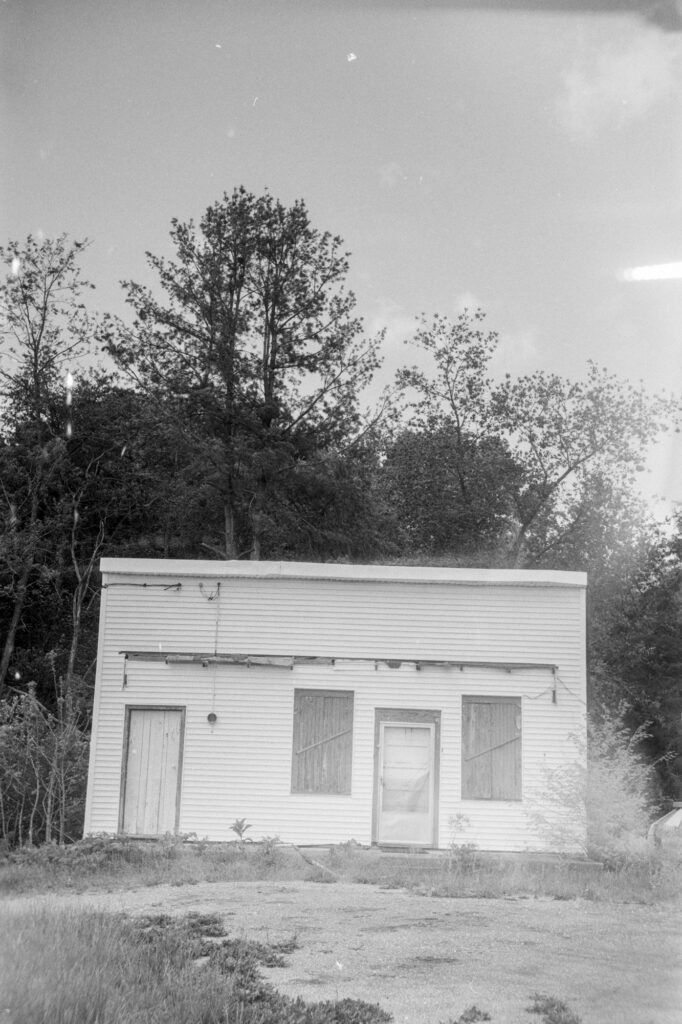
“Good” images
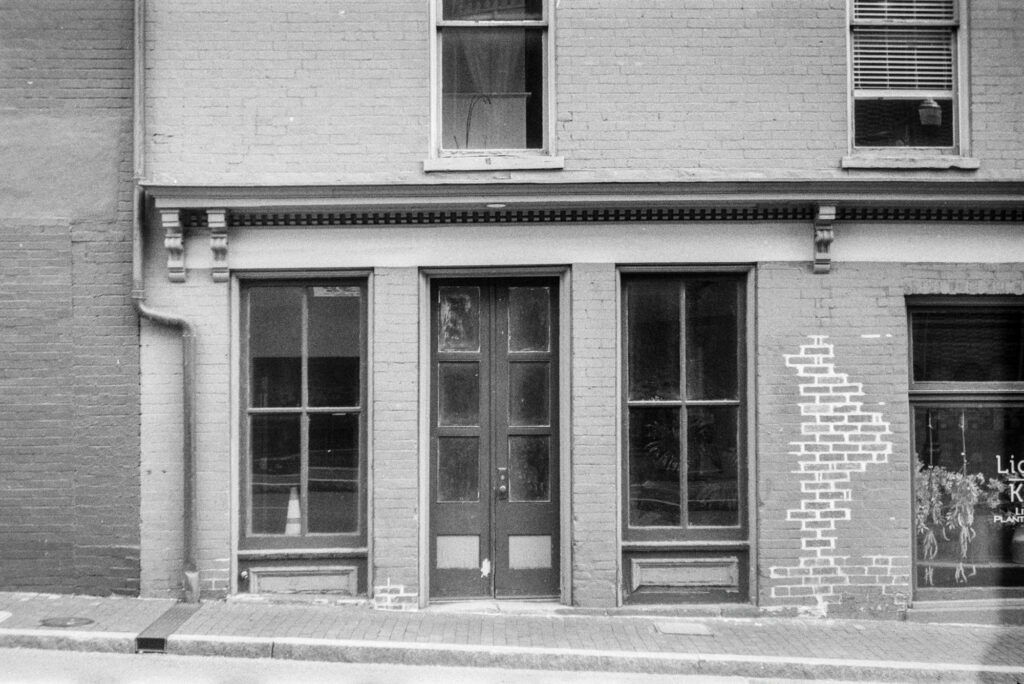
The camera has a very nice feel in the hands, good weight, smooth operation and good placement of the controls. A nice solid well-built camera. Given new shutter curtains, a thorough CLA, and getting used to the quirks of the camera, it should produce good images.
Share this post:
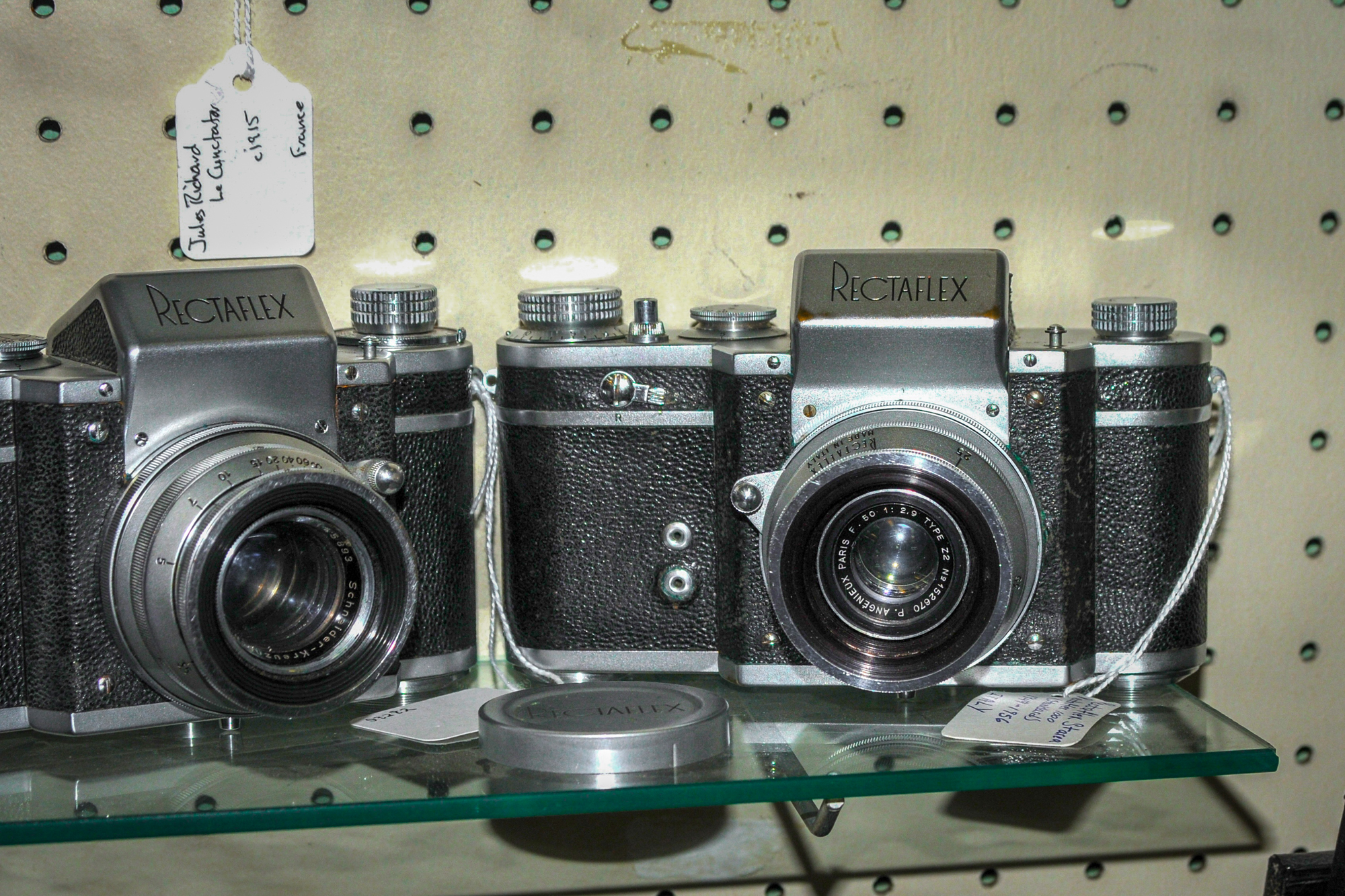
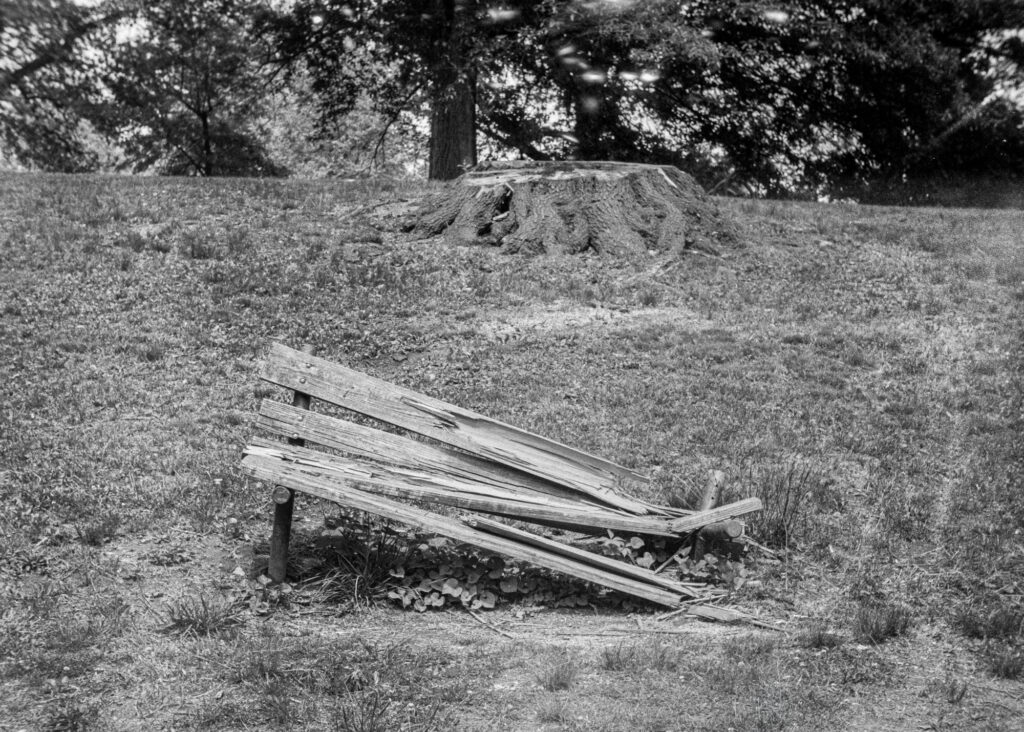
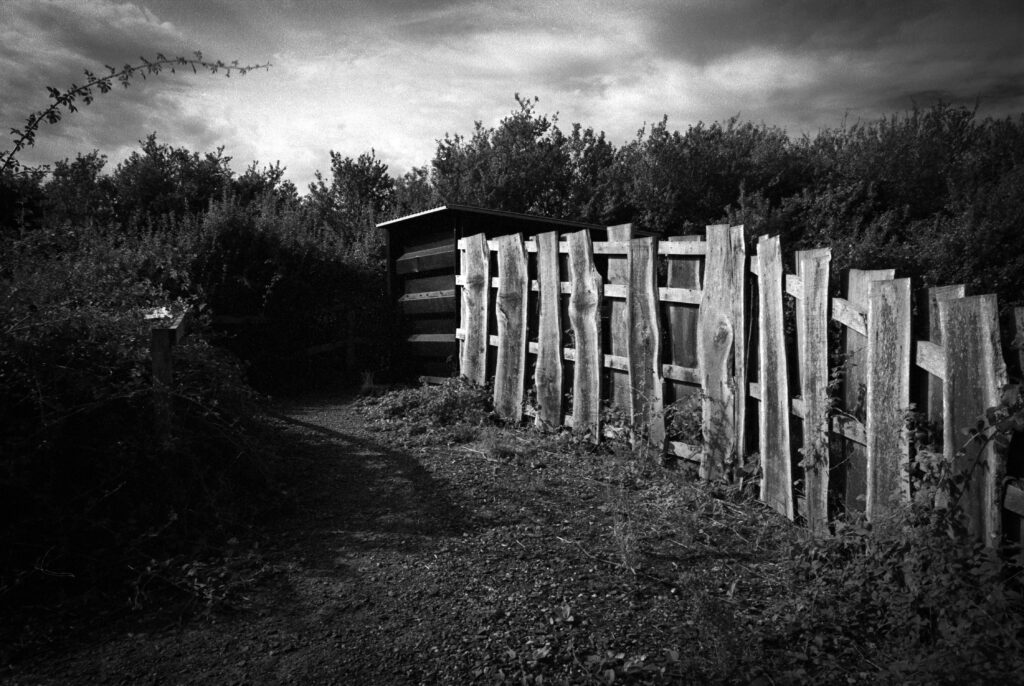
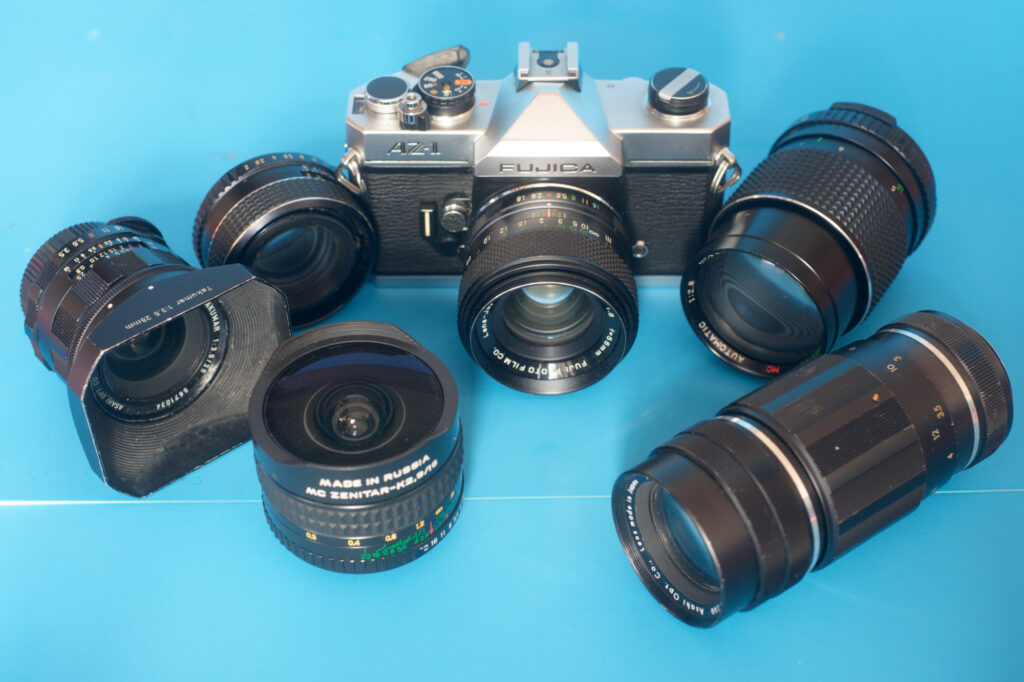
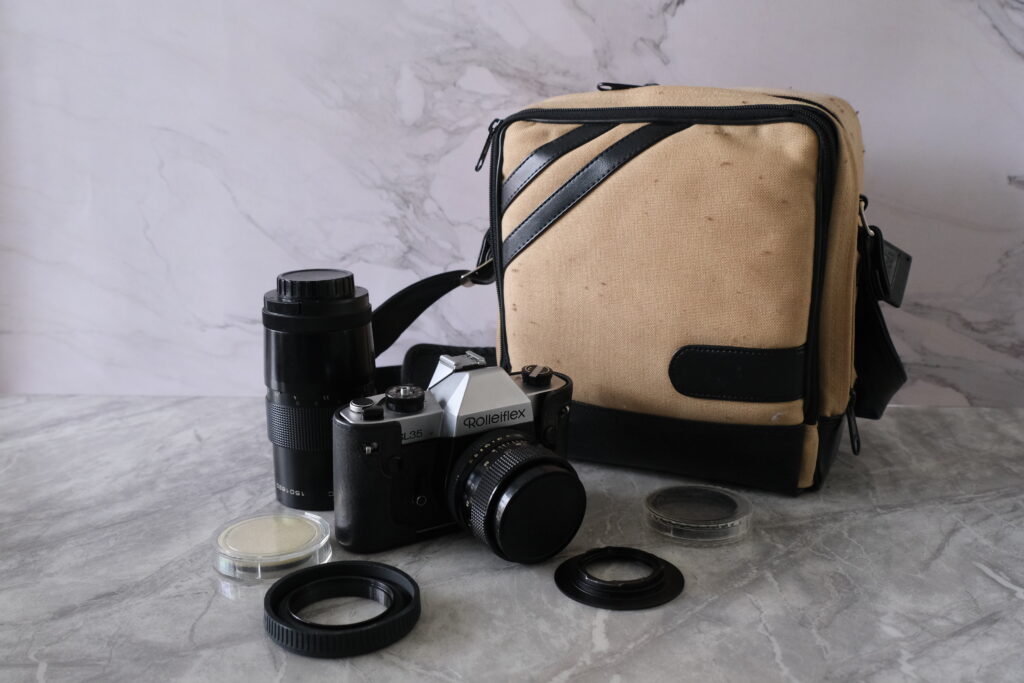
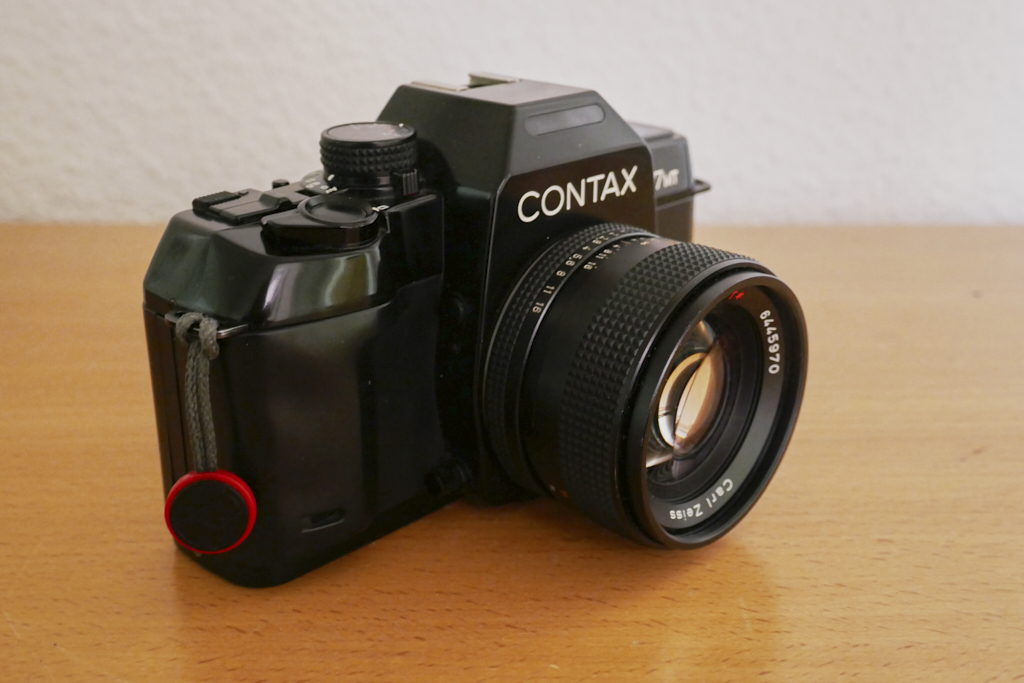
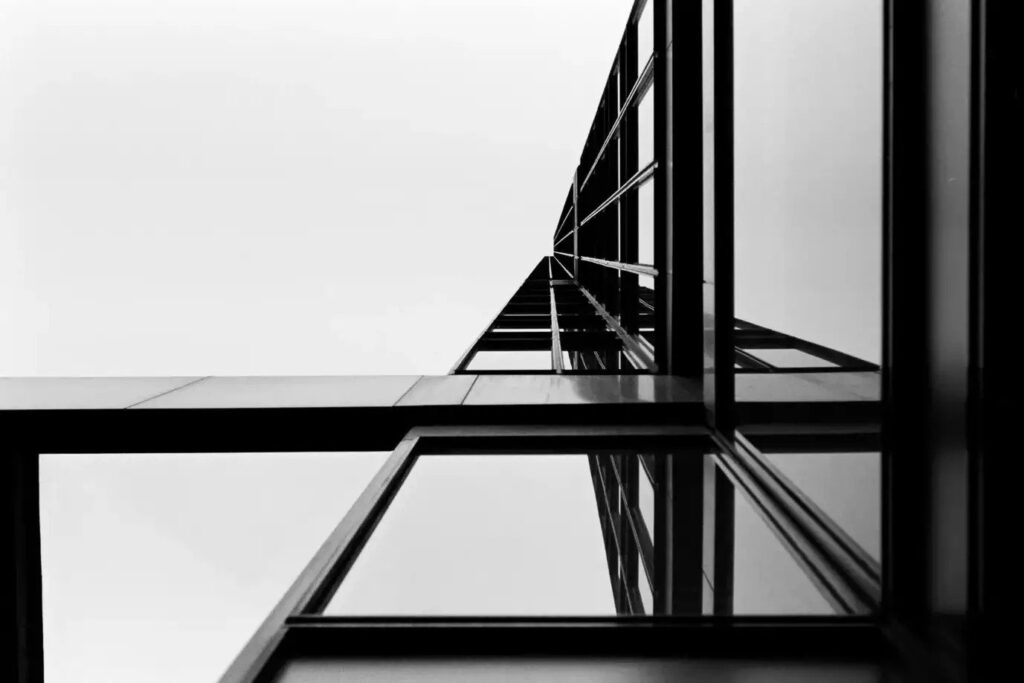
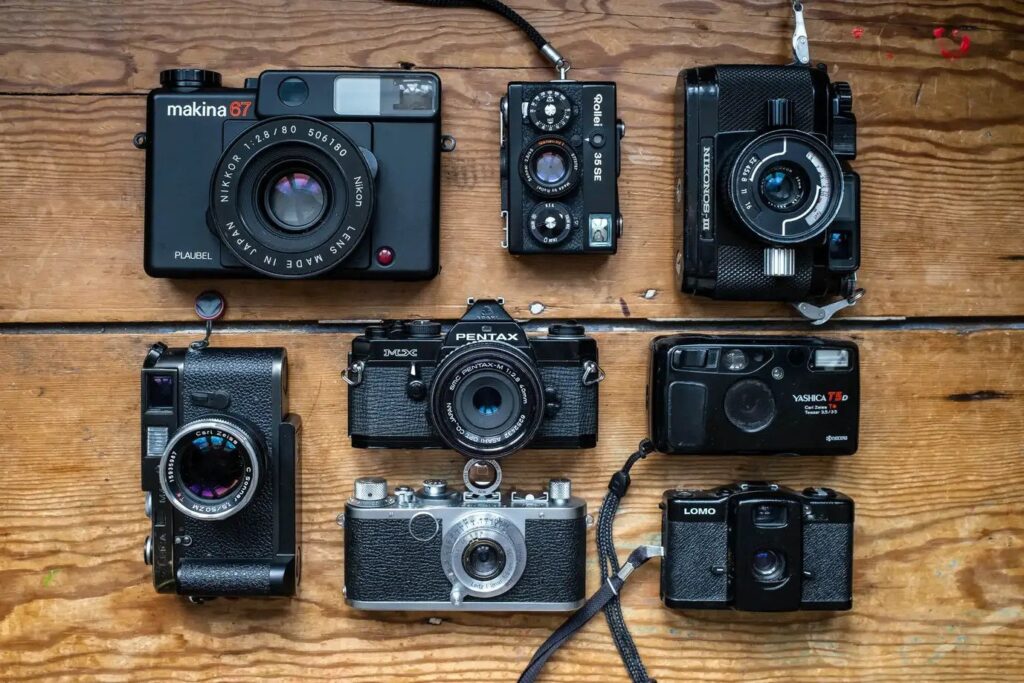
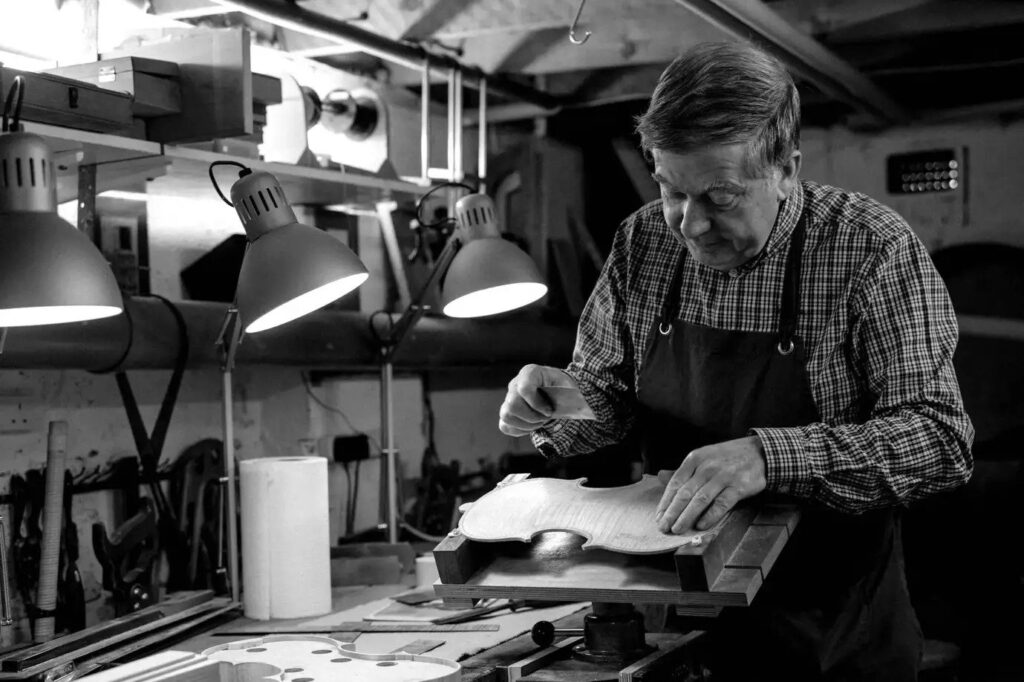
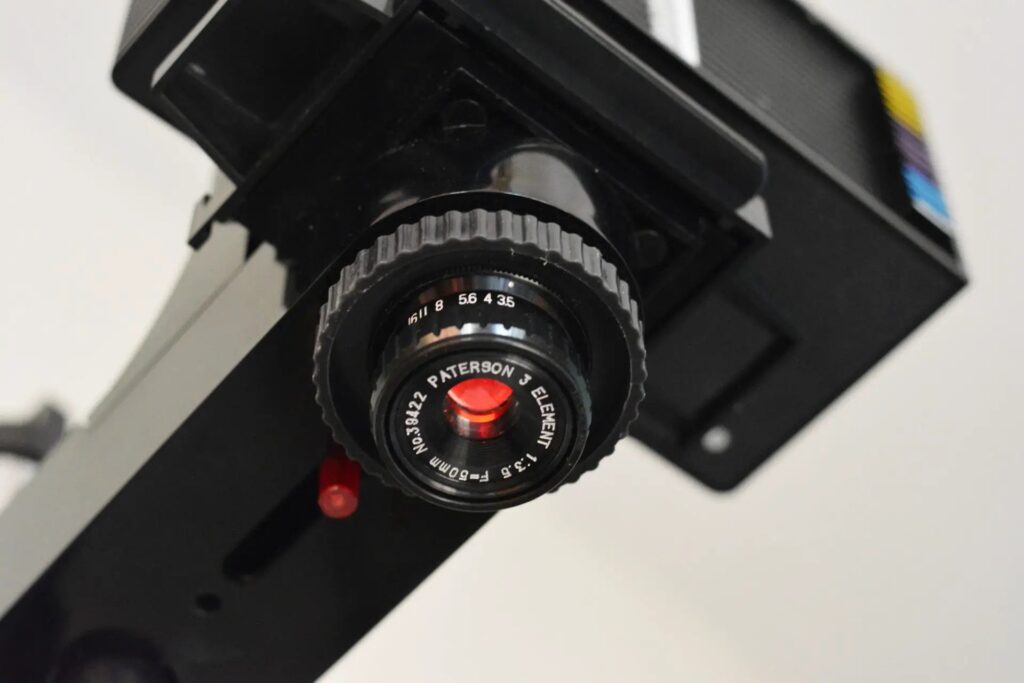
Comments
Gary Smith on Rectaflex 1000 – A Review of a (very) Early Pentaprism VF SLR
Comment posted: 07/07/2025
Thanks for this article and looking forward to more as you dig deeper into the inventory.
Comment posted: 07/07/2025
Jeffery Luhn on Rectaflex 1000 – A Review of a (very) Early Pentaprism VF SLR
Comment posted: 07/07/2025
I enjoyed your article. I've never seen or heard of that camera before. I look forward to reading about more vintage gear. If I go to Virginia again, I will certainly seek out the museum. I did a drive from DC through the Shenandoah Valley 30 years ago and enjoyed the scenery and historical sights. Nice area.
Jim Palmer on Rectaflex 1000 – A Review of a (very) Early Pentaprism VF SLR
Comment posted: 07/07/2025
Please do come by. I retired to this area because it's quiet and pretty then I found the museum! Woah!
Alexander Seidler on Rectaflex 1000 – A Review of a (very) Early Pentaprism VF SLR
Comment posted: 08/07/2025
Comment posted: 08/07/2025